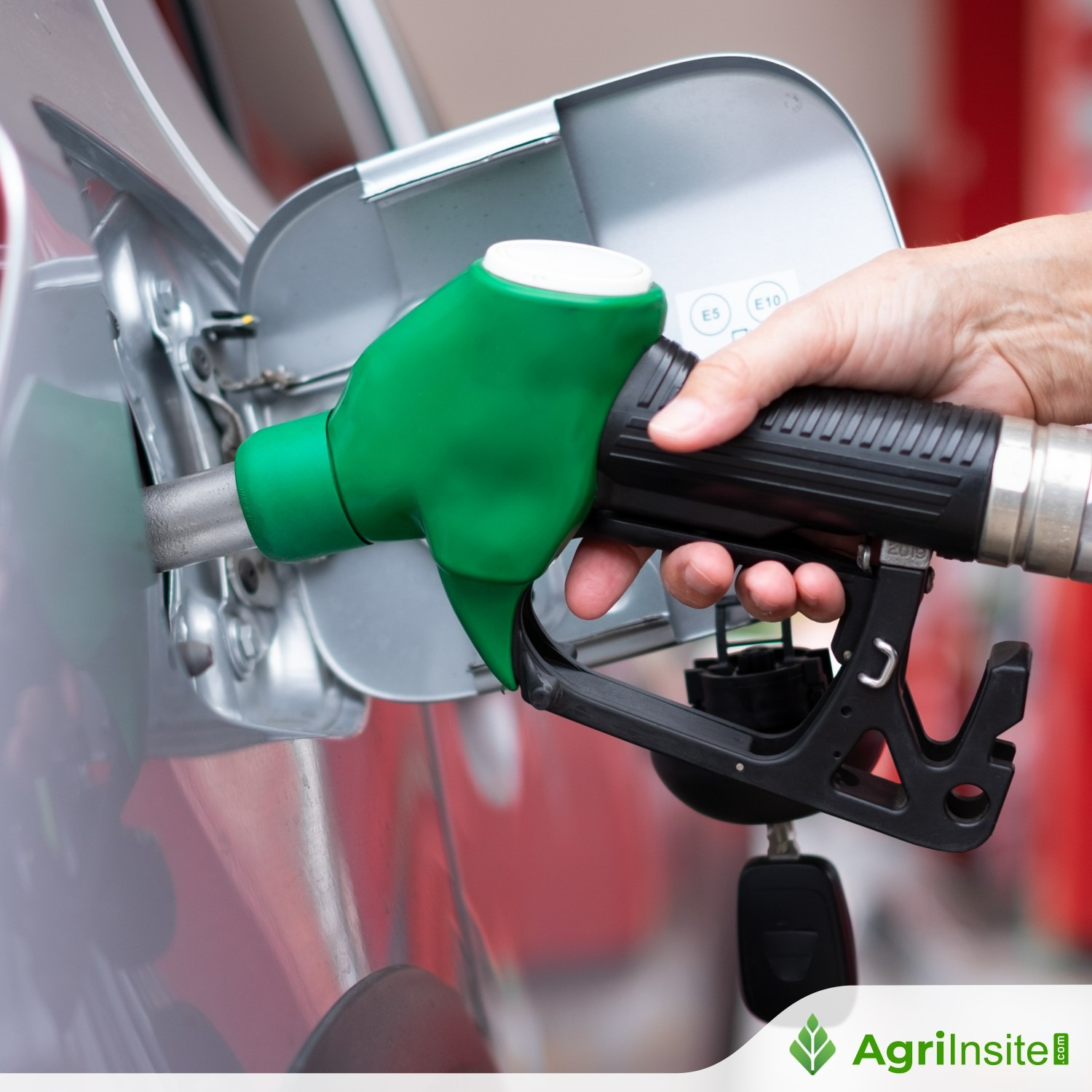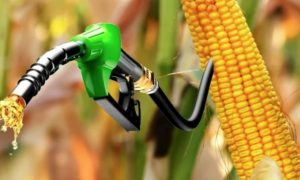Govt starts negotiations with auto OEMs over new ethanol blending target for India

Indian automakers have raised concerns over pushing ethanol blending in petrol beyond 20%, citing high investment needs, weak demand, and fuel availability issues. While many OEMs are technically ready, transitioning to E30 or higher could cost over ₹15,000 crore. Industry players urge the government to assess market readiness before setting new targets amid slow sales recovery and global uncertainties.
Indian automobile original equipment manufacturers (OEMs) have flagged concerns, including the high investments required and bleak market interest, in increasing ethanol blending levels beyond 20 percent in petrol, multiple executives told Moneycontrol.
The government has started talks with OEMs to achieve a new ethanol blending target in petrol as the existing target of 20 percent blending is expected to be met in a few months. Major Indian OEMs include Tata Motors, Mahindra and Mahindra and Maruti Suzuki, among others.
A senior government official told Moneycontrol that a committee is working on a draft report to chalk out plans to increase ethanol blending beyond 20 percent. The draft report would be then sent for cabinet approval, he added.
The committee consists of officials from the Ministry of Petroleum and Natural Gas, Ministry of Road Transport and Highways and Ministry of Agriculture and Farmers’ Welfare.
According to government targets, India aims to achieve 20 percent ethanol blending with petrol by October 2025. Oil ministry data shows that India achieved ethanol blending of 19.8 percent in petrol during March.
“Vehicles in India have been modified to meet the E20 norms (fuel blended with 20 percent ethanol) and most players have the technology available to increase higher blending norms, but the availability of fuel (ethanol) and demand (from customers) are the key factors the government should consider before finalising a (new) deadline,” a senior executive from a Gurugram-based automobile major said.
He added that while a few companies have showcased their ability to manufacture E85-capable engines (which use fuel with 85 percent ethanol) as well, if a sizeable portion of the industry needs to transition into manufacturing E30-complaint vehicles, the industry will be looking at an additional investment of close to Rs 15,000 crore.
A senior executive from another automobile major said that while the government is looking to blend ethanol beyond 20 percent with petrol, OEMs have expressed that the industry would be forced to speed up investments when vehicles sales are still recovering from the collapse following the COVID-19 pandemic, and consumer sentiment remains muted.
“If you look at some of the investments announced for the Indian market in the last two years, OEM and component makers are already investing around $11 billion (Rs 95,000 crore) to increase capacity,” the second executive said.
He added that expecting further investment from the industry at a time of geopolitical turmoil and global uncertainties would be farfetched by the Indian government.
Industry experts told Moneycontrol that automakers would have to make changes in the engine for the vehicle to be compliant with a fuel having ethanol blended over 20 percent, increasing the overall cost by up to 4 percent.
“Changes might be required in exhaust components but primarily in powertrain (engine and transmission) components. Based on our interactions with a few OEMs, the price (of a vehicle) could go up between 2.5 percent and 4 percent for upgrading from E20 to, say, E40 or E45,” said Hemal Thakkar, senior practice leader and director, Crisil Intelligence.
Thakkar added that the vehicles already on the road could also run on fuel with higher levels of ethanol-blending but the maintenance cost would go up and the mileage might come down.
As per industry watchers, Indian auto components manufacturers are expected to invest between $2.5 billion and $3 billion (around Rs 18,000 crore to Rs 25,000 crore) in the next few years, while automobile OEMs are expected to complete an investment of $9 billion by 2027, primarily to increase capacity.
Weak vehicle sales
Passenger vehicles sales rose only 2 percent on-year to 4.3 million units in FY25, as sales were hit by weakening consumer sentiment in urban areas.
In fact, the slowdown in urban consumption had a negative impact on the second quarter earnings of major automobile companies such as Maruti Suzuki, Hyundai Motor India, Tata Motors and Ashok Leyland in the last financial year.
As per industry watchers, sales of passenger vehicles in urban areas in the first half of FY25 fell by nearly 3 percent compared with the same period a year earlier, while rural sales grew by almost 5 percent. As a result, OEMs expanded their networks in smaller towns due to the consistent growth in passenger vehicle sales in these markets.
The automobile industry also pointed out that availability of flex fuels across the country for the commercial rollout of vehicles also remains a concern.
“Many automakers are ready with our flex fuel offerings, but unless such fuels are readily available pan-India, it will be extremely difficult for us to commercially start production,” an executive from a Maharashtra-based OEM said.
He added that while the government’s ambition to provide 30 percent ethanol blended petrol by 2030 is inspiring, it should not look to strong-arm OEMs into making further investments.
To Read more about Ethanol Industry & Bio Energy News, continue reading Agriinsite.com
Source : Money Control
















